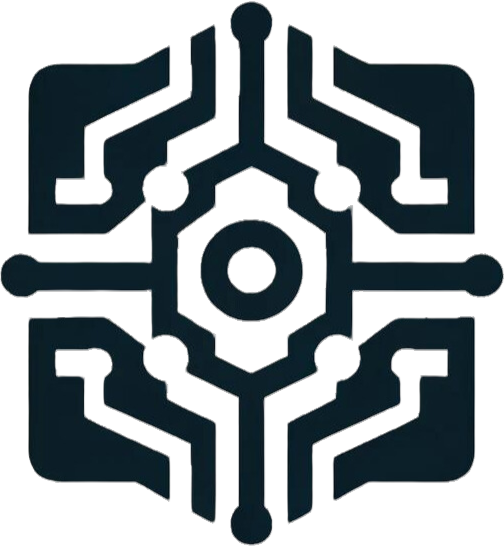Kids' FOOSH Injuries: What to Know!
Dive into the world of pediatric FOOSH injuries, exploring possible outcomes, non-surgical treatments, and when surgery is needed. Learn about fractures, growth plate concerns, and recovery strategies.
Possible Outcomes:
-
Fractures:
- Common sites: Distal radius and ulna, scaphoid, and metacarpals.
- Types: Greenstick fractures, buckle (torus) fractures, complete fractures.
-
Growth Plate (Physeal) Fractures:
- These involve the growth plate and can affect bone growth.
- Classified by Salter-Harris types I-V depending on severity and involvement.
- Require careful management to prevent growth disturbances.
-
Sprains:
- Involve ligament injuries without fractures.
- Commonly affect the wrist and fingers.
- Symptoms include pain, swelling, and limited range of motion.
Non-Surgical Treatments:
-
Immobilization:
- Cast or splint immobilization is commonly used for fractures and significant sprains.
- Duration depends on injury severity, typically 3-6 weeks.
- Emphasis on proper alignment and immobilization to ensure healing.
-
Pain Management:
- NSAIDs or acetaminophen for pain and inflammation.
- Ice application to reduce swelling.
-
Physical Therapy:
- After immobilization, therapy focuses on restoring range of motion, strength, and function.
- Includes exercises and gradual return to activities.
-
Close Monitoring:
- Frequent X-rays to monitor fracture healing and growth plate status.
- Early detection of any growth disturbance or malunion.
Surgical Treatments:
-
Indications:
- Displaced fractures that cannot be adequately aligned by closed methods.
- Open fractures or those involving joint surfaces.
- Certain growth plate fractures (Salter-Harris III and IV) needing precise anatomical reduction.
- Fractures unstable after closed reduction.
-
Procedures:
- Closed Reduction and Percutaneous Pinning:
- Minimally invasive, realigns bones and stabilizes with pins.
- Open Reduction and Internal Fixation (ORIF):
- Surgical exposure to directly align bones and fix with plates, screws, or wires.
- Physeal Bar Resection:
- If growth plate damage causes bony bar formation leading to growth arrest.
- Closed Reduction and Percutaneous Pinning:
-
Post-Surgical Care:
- Immobilization combined with monitoring healing progress.
- Gradual rehabilitation similar to non-surgical treatment.
- Follow-up imaging to ensure proper healing and growth.
Summary
- Pediatric FOOSH injuries can result in a range of outcomes with growth plate injuries requiring special attention.
- Non-surgical treatment is often successful for non-displaced or minimally displaced fractures and sprains, emphasizing immobilization and monitoring.
- Surgical intervention is reserved for severe, displaced, or unstable injuries, focusing on restoring anatomy to prevent long-term complications.
- Multidisciplinary care including orthopedic surgeons, physical therapists, and primary care providers is important for optimal recovery.
If you would like, I can provide more detailed protocols or recent research papers on this topic.

